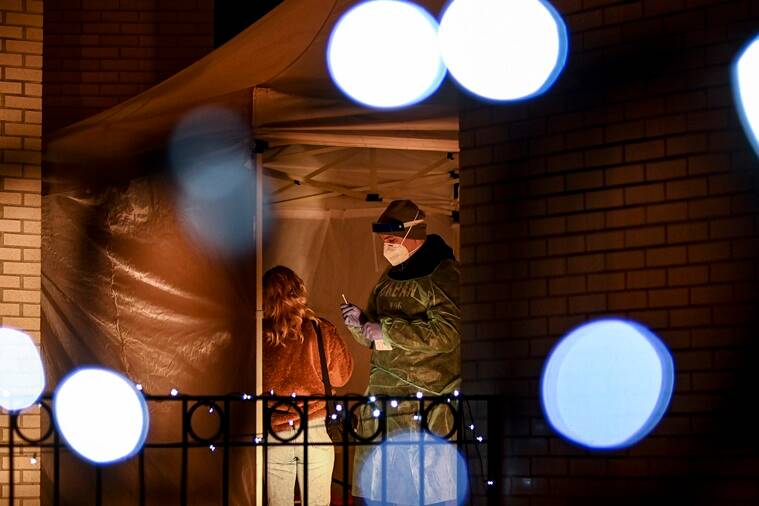
In two short weeks, as the year closed out, the omicron variant drove coronavirus case counts to record levels, upended air travel and left gaping staffing holes at police departments, firehouses and hospitals.
And that was at a time many people were off for the holiday season. Now comes Monday, with millions of Americans having traveled back home to start school and work again, and no one is sure of what comes next.
Most of the nation’s largest school districts have decided to forge ahead and remain open, at least for the time being, citing the toll that remote learning has taken on students’ mental health and academic success. And the rising number of cases has not yet been followed by a proportionate increase in hospitalizations and deaths, though hospitalizations have increased in recent days — a sign that the omicron variant seems to cause fewer cases of severe illness.
But the highly contagious variant is still racing across the country, and teachers, parents and workplaces are bracing for the impact.
“I figured that over these two weeks of break, everyone has been everywhere visiting everybody,” said Teresa Morrison, 48, who plans to keep her 8-year-old daughter Tristan, who suffers from severe bronchitis, from attending in-person classes in San Antonio. “So I really just anticipate January to be a disaster.”
The rapid spread of the omicron variant has left companies across industries — from meatpacking to retail — with a thinning workforce, especially after months of record-high resignations. Thousands of flights have been canceled, and National Guard troops have been activated to help staff hospitals.
The spiking case counts have also flummoxed the dozens of companies that sent their employees to work from home in March 2020 as COVID was first sweeping the country. Some offices that had reopened advised workers to stay home. Others, including major companies like Apple and Google, have extended their work-from-home arrangements.
[“source=indianexpress”]
